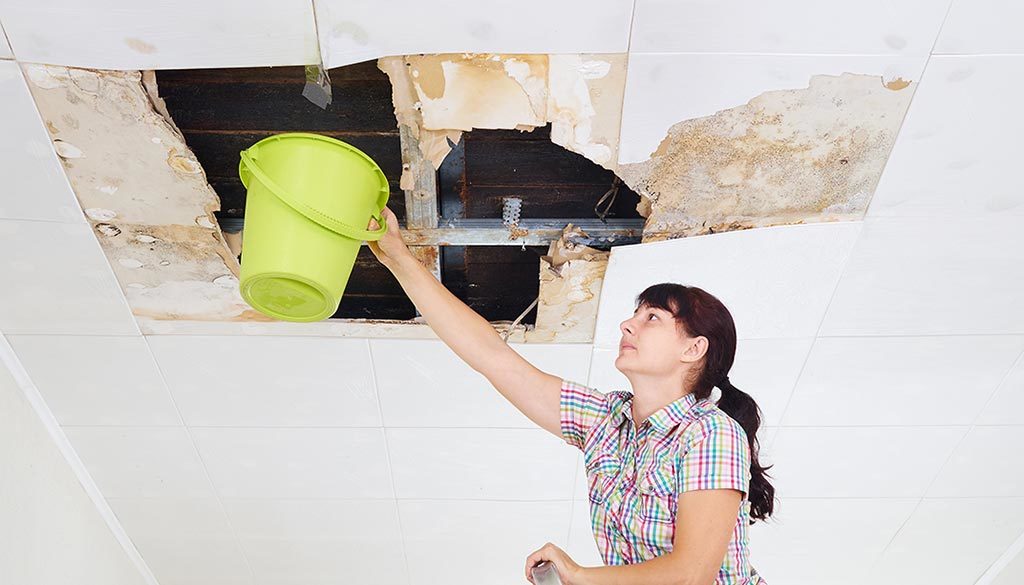Your home is your sanctuary, a place of comfort and security. But when disaster strikes in the form of water damage, fire damage, or mold growth, it can feel like your world has been turned upside down. Fortunately, there are steps you can take to restore your property and reclaim your peace of mind. In this article, we’ll explore the challenges posed by each type of damage and provide practical advice for navigating the restoration process.
Water Damage: Dealing with the Aftermath
Water damage can occur suddenly, such as from a burst pipe or flooding, or gradually, through leaks and seepage. Regardless of the cause, the effects can be devastating, leading to structural damage, mold growth, and potential health hazards. Here’s what you need to know about dealing with water damage:
Assessing the Damage
The first step in water damage restoration is to assess the extent of the damage. This involves inspecting the affected areas for signs of water intrusion, such as water stains, dampness, and mold growth. Take photos and document the damage for insurance purposes.
Extracting Water and Drying Out
Once the assessment is complete, the next step is to remove standing water and dry out the affected areas. This may involve using pumps, wet vacuums, and dehumidifiers to extract water and reduce moisture levels. Proper drying is crucial to prevent mold growth and further damage to your property.
Repairing and Restoring
After the water has been removed and the area is dry, it’s time to repair and restore the damage. This may include replacing damaged drywall, flooring, insulation, and other materials. It’s essential to address any underlying issues, such as plumbing leaks, to prevent future water damage.
Fire Damage: Recovering from the Flames
A fire in your home can be a traumatic experience, leaving behind charred remains, smoke damage, and lingering odors. Recovering from fire damage requires patience, perseverance, and professional expertise. Here’s what to expect:
Safety First
Before entering your home after a fire, ensure that it is safe to do so. Structural damage, electrical hazards, and toxic fumes can pose serious risks. Wait for authorities to give the all-clear before attempting any cleanup or property restoration in Eastern Iowa efforts.
Assessing the Damage
Once it is safe to enter your home, assess the extent of the fire damage. Look for structural damage, smoke damage, and water damage from firefighting efforts. Take precautions to protect yourself from exposure to soot, ash, and other contaminants.
Cleaning and Deodorizing
Cleaning up after a fire involves more than just removing debris. Soot and smoke residue can penetrate porous surfaces, leaving behind stubborn stains and odors. Professional fire restoration experts have the tools and techniques to thoroughly clean and deodorize your home, restoring it to its pre-fire condition.
Repairing and Rebuilding
After the cleanup is complete, it’s time to repair and rebuild. This may involve replacing damaged structural elements, such as walls and roofing, as well as restoring damaged belongings. Work with experienced contractors and restoration specialists to ensure that the job is done safely and effectively.
Mold Remediation: Battling the Silent Invader
Mold is a common problem in homes, especially in areas with high humidity or water damage. Left unchecked, mold can spread rapidly, causing damage to your property and posing health risks to you and your family. Here’s how to tackle mold remediation:
Identifying Mold Growth
The first step in mold remediation is identifying the presence of mold. Look for visible signs of mold growth, such as black spots or fuzzy patches on walls, ceilings, and other surfaces. You may also notice a musty odor or experience respiratory symptoms, which can indicate mold contamination.
Containment and Removal
Once mold is detected, it’s essential to contain the contamination and remove it safely. This may involve sealing off affected areas, using negative air pressure and HEPA filtration to prevent mold spores from spreading, and physically removing mold-infested materials.
Cleaning and Sanitizing
After mold removal, the affected areas must be thoroughly cleaned and sanitized to prevent regrowth. Non-porous surfaces can be cleaned with antimicrobial agents, while porous materials may need to be replaced to eliminate mold spores completely.
Prevention and Maintenance
Preventing mold growth requires addressing underlying moisture issues, such as leaks, humidity, and poor ventilation. Keep your home dry and well-ventilated, repair any water damage promptly, and monitor for signs of mold growth regularly.
Conclusion: Restoring Your Peace of Mind
Dealing with water damage, fire damage, or mold growth can be overwhelming, but with the right approach and professional assistance, you can restore your property and reclaim your peace of mind. By assessing the damage, addressing safety concerns, and working with experienced restoration specialists, you can navigate the restoration process with confidence. Remember, your home is more than just a building—it’s your sanctuary, and it’s worth the effort to protect and preserve it for yourself and your loved ones.

